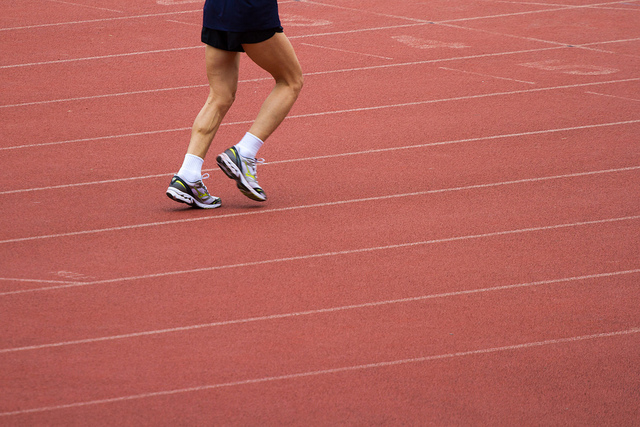At this point, I’m sure you have heard of the Rio Olympics and Usain Bolt. Usain, often nicknamed “Lightning Bolt” and widely considered the fastest man to have ever lived, has had tremendous success at the Olympics. What’s often forgotten is that Bolt had a Grade 1 hamstring strain just about a month before the Olympics started. However, he recovered in time to fulfill his goal of competing in his fourth Olympics. Let’s delve a little deeper into a hamstring strain and how Usain was able to overcome that injury.
A hamstring injury is a strain of one or more of the three muscles that make up your hamstring. These muscles, semitendinosus, semimembranosus, and biceps femoris, which are found on the back of your thigh, enable you to straighten your leg and bend your knees. Hamstring strains are more likely to affect athletes, such as runners or basketball and football players, because of the sudden and repetitive bursts of energy and slowing down required in these sports. Thus, when the muscles are stretched beyond their natural limit, injuries can occur.
Image Source: Anadolu Agency
Symptoms of a hamstring strain typically include a sharp pain to the back of the thigh, swelling, bruising, and an inability to apply weight to the injured leg. There are different grades associated with a hamstring injury: grade 1, like in Bolt’s case, which is mild and has a quick recovery; and grade 3, which is a total tear of the muscle that will need months of recovery.
Treatments for a hamstring injury include RICE (rest, ice, compression, and elevation) and pain medication, which are supposed to reduce pain and swelling. In addition, taking a break from physical activity or using crutches is a good way to avoid further injury. Physical therapy can also help strengthen the hamstring muscles and regain flexibility through stretching exercises. Stretching before and after physical activity as well as stopping activity if you experience any pain are good ways to prevent injury.
Usain Bolt has proven that you can come back from injury and still be successful. So, don’t let injury hamper you mentally or physically. Keep in mind, you have to put hard work into training and recovery!
Feature Image Source: “Runner’s thighs” / 男運動員體育之形 Men in Sports + Form / SML.20130303.7D.25690 by See-ming Lee










